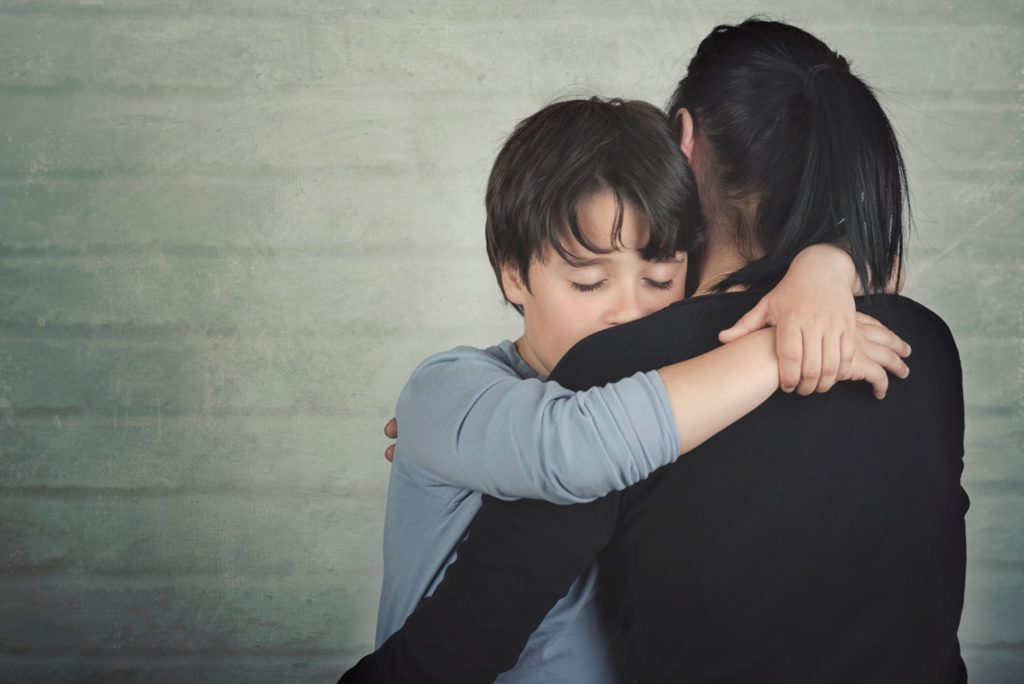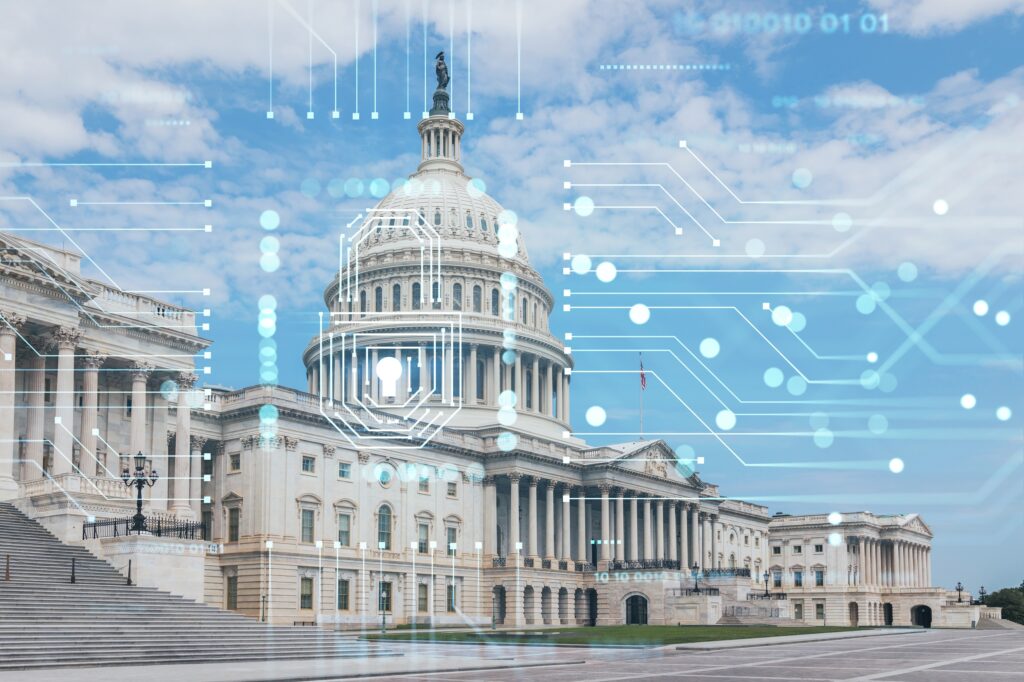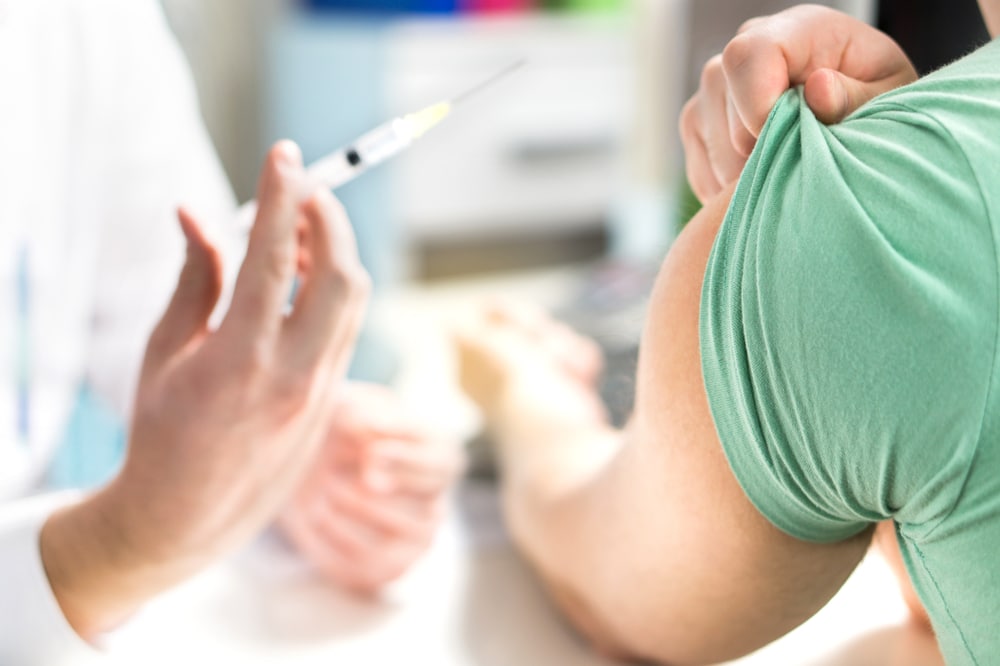FCC, Broadband Industry Rising to the Challenge of Covid-19
With strong social distancing and work-from-home efforts occurring across the country, it’s vital that broadband connectivity for all Americans remains robust and accessible. Indeed, to stem potential congestion, European regulators have called on video streaming services such as Facebook, Netflix and YouTube to decrease video quality to help alleviate the burden on broadband networks. And while these edge providers deserve credit for maintaining high-quality service during times of increased usage, it’s critical that the underlying broadband infrastructure remains resilient. Fortunately, American companies have taken significant action, with regulatory assistance from the Federal Communications Commission, to prepare for the increased demand on their networks.
Networks are designed to handle spikes in usage, and even though the strain on our networks has increased, built-in resiliency has thus far handled the increased usage. Indeed, as a Verizon spokesperson explained, “Verizon operates its networks every day as though it’s a snow day.”
Fortunately, the FCC’s light-touch regulatory approach to broadband has facilitated this resiliency. In 2017, the Commission decided to change course, moving away from the misguided Title II classification of the Wheeler Commission and returning to a light-touch Title I classification for broadband internet access service. Investment trends indicate that this is the right path forward. Increased investment in broadband infrastructure translates to more robust networks that can better provide the high-quality services needed such as virtual conferencing and video streaming, while ensuring networks doesn’t buckle under the increased stress.
But this isn’t just a snow day. As the entire nation transitions to the virtual world, stress on the networks will undoubtedly continue to increase. AT&T, for example, has already seen a 40 percent increase in mobile traffic and a 100 percent increase in Wi-Fi calling. Therefore, it’s critical the FCC continues to work in tandem with providers to ensure no regulatory barriers prevent the continued operations of these networks.
On that front, the FCC has so far succeeded. Access to spectrum remains a key challenge for both the FCC and the National Telecommunications and Information Administration (NTIA). To ease the burden due to increased traffic on mobile networks, the FCC has worked with mobile operators to grant temporary access to a variety of spectrum frequency bands. Both AT&T and Verizon were granted regulatory authority to operate the AWS-3 spectrum, and DISH agreed to allow AT&T to operate in the band to help alleviate the burden on its network. For its part, T-Mobile acquired regulatory authority from the Commission to gain temporary access to the 600 MHz band, thanks to the help of companies like DISH and Comcast who have existing licenses in the band.
However, maintaining network quality is only part of the challenge we face; the pandemic not only puts stress on the networks, but Americans’ ability to purchase coverage. On this too, the Commission has taken steps to ensure that universal service funding remains available. But even beyond Commission action, the light-touch approach has led to significant action from network operators.
On March 13, FCC Chairman Ajit Pai announced the “Keep Americans Connected Pledge,” a voluntary pledge from broadband providers that they will (1) not terminate service for residential or small business customers due to an inability to pay their bills, (2) waive late fees due to economic circumstances caused by the pandemic and (3) open Wi-Fi hotspots for any American that needs them. While this pledge is voluntary, over 550 companies have taken the pledge thus far. Interestingly, many more have gone above and beyond the terms laid out by the Commission to ensure customers do not lose connectivity.
There is always more to be done, and the challenges will continue to grow as the pandemic spreads. Both broadband providers and the Commission must continue working to keep Americans connected during these troubled times.








